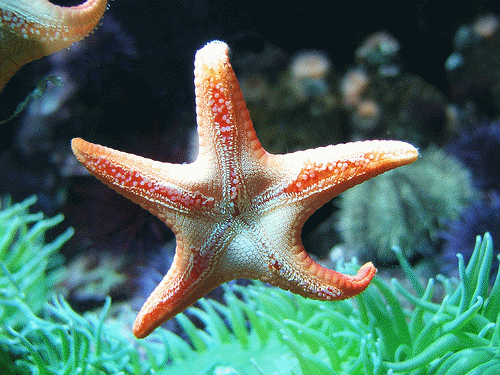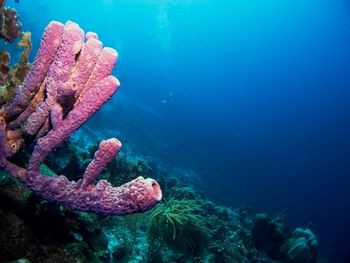 Fragmentation/augumentation.
It is a type of asexual reproduction where an organism splits into fragements and has the capability to regeneration into a complete organism.
Fragmentation/augumentation.
It is a type of asexual reproduction where an organism splits into fragements and has the capability to regeneration into a complete organism. Asexual reproduction is the process by which an organism creates a genetically similar or identical copy of itself without a contribution of genetic material from another individual.
Bacteria divide asexually via binary fission; viruses take control of host cells to produce more viruses; Hydras and yeasts are able to reproduce by budding. These organisms do not have different sexes and they are capable of "splitting" themselves into two or more individuals. Likewise, bacteria may exchange genetic information by conjugation.
 When a part of a sponge breaks off, the broken part will form a new sponge.
When a part of a sponge breaks off, the broken part will form a new sponge.
Other ways of asexual reproduction include.,
- Parthenogenesis
- Fragmentation
- Budding that involve only mitosis.
- Binary fission
Parthenogenesis is a type of asexual reproduction where growth and development of embryos occur without fertilization. Male honeybees or drones are produced parthenogenetically. Fragmentation involves breaking of the body into several pieces, some or all of which develop into complete adults. For an animal to reproduce this way, fragmentation must be accompanied by regeneration, the regrowth of lost body parts. Reproduction by fragmentation and regeneration occurs in many sponges, cnidarians, polychaete annelids, and tunicates.
In budding, the initial protuberance of proliferating cytoplasm or cells, the bud, eventually develops into an organism duplicating the parent. The new individual may separate to exist independently, or the buds may remain attached, forming aggregates or colonies.